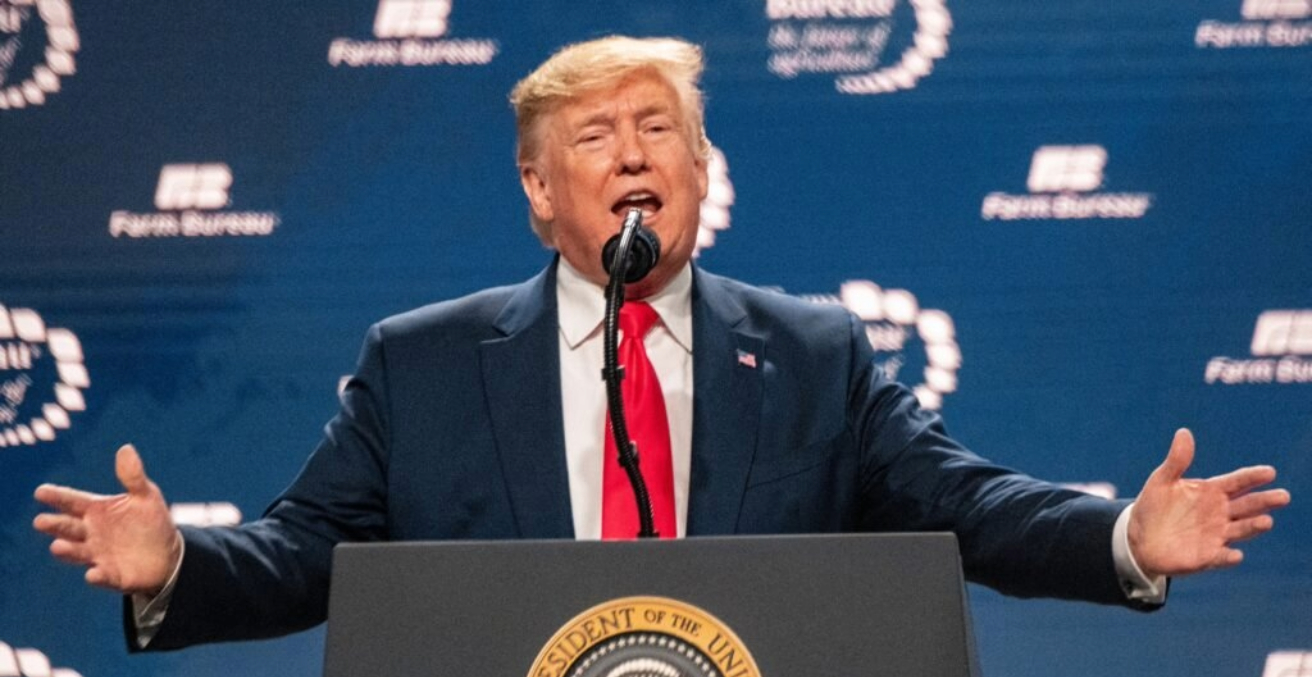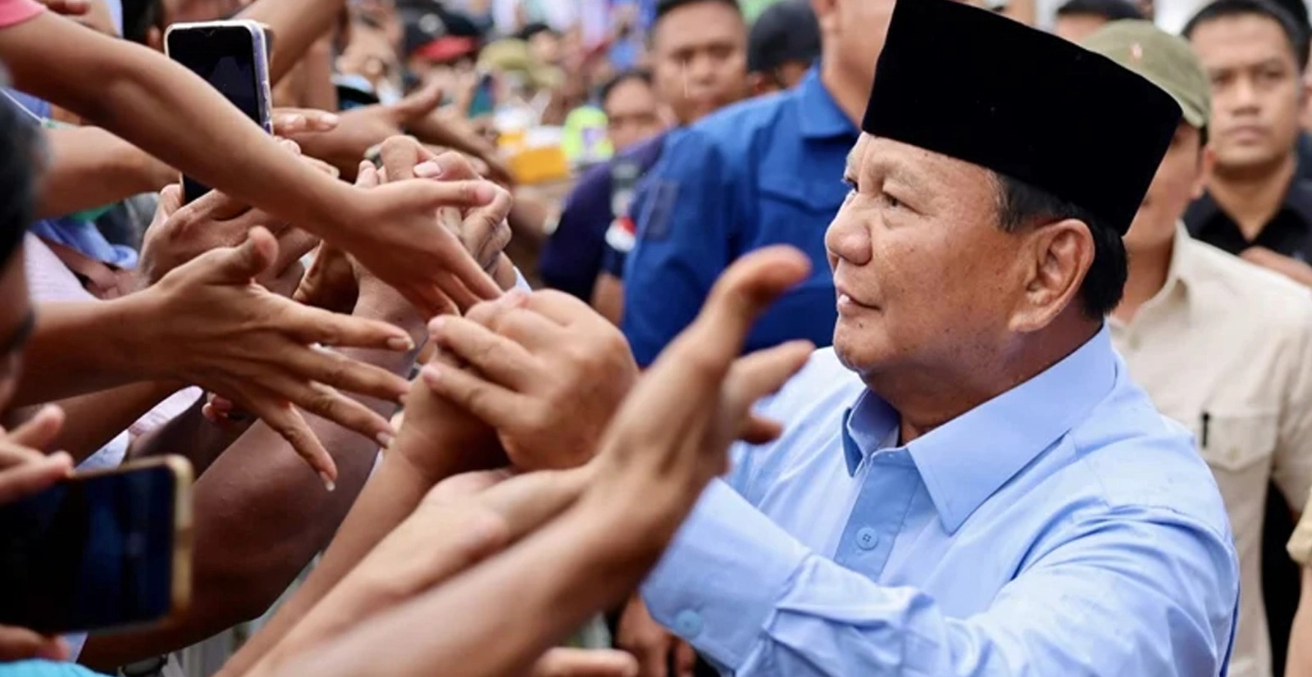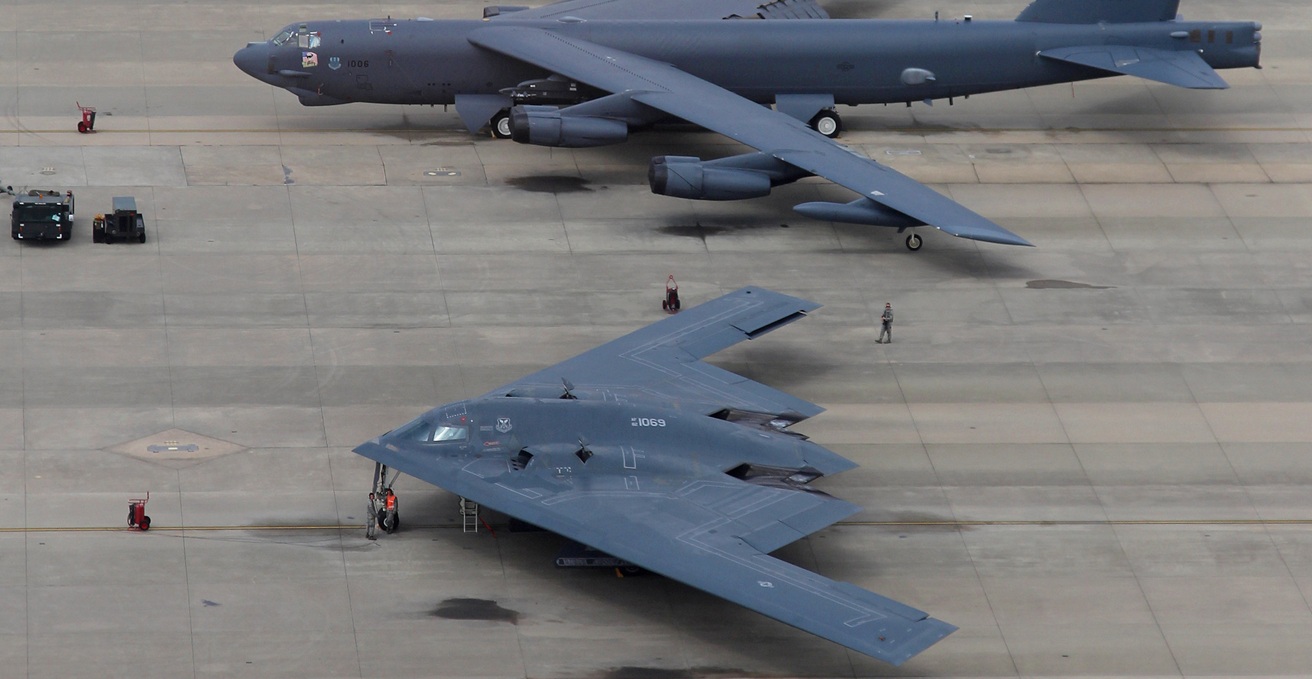Australia and Korea both have zero-emissions targets for 2050, but a lack of knowledge and understanding have limited cooperation. A hydrogen economy could offer potential not just for Australia and Korea, but for all of East and Southeast Asia.
At the Hyundai Motorstudio just outside the South Korean capital of Seoul lies a glimpse of what a hydrogen-based energy economy could look like. Described as an “automobile theme park,” visitors can view the process of constructing a hydrogen-powered car using artificial intelligence-directed robots, with the tricky bits left to humans. Also on display is a model for the future whereby electric, autonomous vehicles are the norm, running on hydrogen fuel cells that produce only drinkable water as a byproduct. Hydrogen-powered vehicles are already roaming the streets of Australia’s capital, but what struck this author on viewing such a process was how shared goals towards a hydrogen energy future could offer a better link between Australia and South Korea than the typical strategic lens of security and navigation of great power competition.
Australia and Korea both have zero-emissions targets to meet by the year 2050. Australian government plans focus on the development of new technologies to reduce transition costs for industry, as well taking opportunities for developing a skilled workforce in new technologies, building new industries such as hydrogen export, and fostering global cooperation and partnerships to drive the required innovation to meet Australia’s emissions targets. Korea is taking a two-pronged approach of reducing consumption of coal and liquid natural gas (LNG) for power generation while replacing combustion-engine vehicles with hydrogen-powered or battery-based vehicles. These ambitions tie into the 2020 Korean Green New Deal, comprising US$135 billion in investments in decarbonising technologies to support the creation of green industries. A further parallel strategy involves the 2019 Hydrogen Roadmap, which positions South Korea as a potential leader in the global hydrogen economy and aims for hydrogen to become the largest source of the nation’s energy by 2050.
Domestic conglomerates, including Hyundai, support the Korean government’s ambitions with their own combined investments of $18.2 billion towards shifts to hydrogen power. While Korea may have the strategy, it lacks the natural resources to reach its energy goals on its own, and here is where Australia could offer a capable partner.
Korea is the third-largest market for Australian resources and energy exports, and the Australian government has already signed a 2021 shared AU$100 million partnership with Korea on clean energy technology and critical minerals. Other avenues of cooperation that could be capitalised on are the Korea-Australia Free Trade Agreement and the Korea-Australia Joint Committee on Energy and Mineral Resources Consultations and Cooperation (JCEM).
If Australia-Korea relations are based on commerce and not strategy, as Jeffrey Robertson writes, then cooperation on the hydrogen economy towards shared goals of zero emissions by 2050 could offer an opportunity for strategic engagement aside from security pacts that have been favoured by Australia with partners such as Japan. There must be potential in such an idea, considering former Australian ambassador to Korea James Choi moved into clean energy consulting following his diplomatic post.
Cooperation on hydrogen energy may also offer both Australia and Korea avenues to further develop ties in regions such as Southeast Asia. Korea has implemented strategies such as the New Southern Policy to boost engagement in the region, and it has a standing free trade agreement with ASEAN and bilateral agreements with nations such as Vietnam, Cambodia, and the Philippines. Countries in the region have shown an appetite for clean energy transition. Laos aims for net-zero emissions by 2050, Indonesia by 2060, and Thailand by 2065. To meet these targets, the rapidly industrialising nations in Southeast Asia will need heavy investment and support to transition their economies. For example, the World Bank estimates an additional US$368 billion will be required for Vietnam to achieve net-zero emissions by 2050.
Despite the new Australian government’s plans for engagement in Southeast Asia and existing trade agreements, this relationship has been one that Allan Gyngell described as characterised by neglect on Australia’s part and that Susannah Patton described as being limited by strategic divergence. A promising avenue for Australia to develop ties and contribute towards beneficial outcomes for the region would be to act as an energy and resources partner to South Korea’s growing investment in the region, which adds to Korea’s own support of green technology firms and appetite for hydrogen transition.
Australia itself has made progress on its 2019 National Hydrogen Strategy, a document that outlined how Australia could dramatically reduce its fossil-fuelled energy imports and increase clean energy imports by turbocharging a clean hydrogen industry. Doing so is expected to create 7,600 skilled and semi-skilled jobs and add around AU$11 billion each year to Australia’s GDP. By 2021, hydrogen investment, power generation, and cost-competitiveness with gas were advancing quickly, while areas such as Australia’s exports, mining, and gas networks were “advancing.” Critical points of light and heavy transport, steel making, and electricity grid support were only “advancing slowly” by 2021. Engagement with partners such as Korea could offer opportunities for Australia to develop its energy capabilities far quicker.
Barriers exist to any form of strategic cooperation between Australia and South Korea. Australians and Koreans know relatively little about one another, and Australian analysis of Korean foreign policy often relies on outdated assumptions or focuses primarily on security and North Korea. Korean perceptions of security and the Indo-Pacific may also be divergent with Australia’s in that Korea hedges between the United States as a security partner and China as an economic partner. While many nations in the region face the same challenge, Korea seems unlikely to take action or form partnerships that may be seen provocative by China. Examples of this include a lack of an Indo-Pacific Strategy, which would likely require some form of concrete official statement on US-China geostrategic competition and where Korea stands, and the Korean president being the only head of state not to meet US House Speaker Nancy Pelosi on her trip to the region (the official reason was that he was on vacation).
Despite challenges in Australia engaging with Korea on a hydrogen economy or otherwise, ties are slowly increasing between the two countries. The Korean language is now being taught at Western Australian high schools, and a Centre for Australian Studies has received funding to be established at a major Korean university. Australia may further have a role in brokering some form of development in Korea-Japan relations, particularly if Korea hopes to increase engagement in the Indo-Pacific.
As the world moves towards greener economies and methods of developing energy, potential relationships such as those between Australia and Korea could make the difference in not only succeeding in achieving climate goals, but also for assisting regions such as Southeast Asia that require support in reaching their own green energy targets. It may be time that Australia looks further across the East China Sea than Japan to find another friend and partner for the future.
Shaun Cameron is a postgraduate student in international relations and national security at Curtin University. He has a background in academic research, psychology, and teaching. He works as a public servant in Canberra. Shaun was a delegate on the AIIA’s 2022 #AIIANextGen Study Tour to Korea.
This article is published under a Creative Commons Licence and may be republished with attribution.




